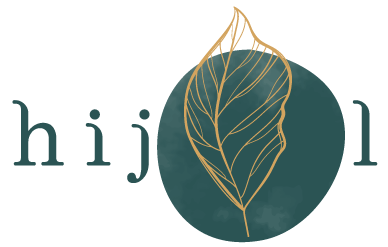
Indian Gooseberry, or Amla (Phyllanthus emblica), is a small, greenish-yellow fruit native to the Indian Subcontinent, renowned in Ayurvedic medicine as a potent restorative herb. The fruit is famously rich in Vitamin C and antioxidants, possessing a unique sour, bitter, and astringent taste. It is highly valued for boosting the immune system, aiding digestion, and promoting healthy hair and skin, often used in various forms like powder, oil, and traditional preparations such as Triphala and Chyavanprash.

Haritaki (scientific name: Terminalia chebula), often called the Chebulic Myrobalan, is one of the most revered and versatile herbs in Ayurveda, where it is famously known as the "King of Medicines." This small, ribbed, nut-like fruit is celebrated for its unique ability to balance all three doshas (Vata, Pitta, and Kapha). Haritaki is chiefly recognized as a potent digestive tonic and a mild natural laxative that promotes regular bowel movements and detoxification. It is a vital component of the classical Ayurvedic formula Triphala (along with Amla and Bohera) and is traditionally used to improve vision, enhance cognitive function, and support respiratory and skin health due to its antioxidant and antimicrobial properties.

Bohera (scientific name: Terminalia bellirica), also known as Bibhitaki or Beleric Myrobalan, is a large deciduous tree native to the Indian subcontinent and Southeast Asia. It is a highly valued medicinal fruit and a cornerstone of traditional Ayurvedic medicine. The dried fruit is particularly prized for its potent properties as a laxative, expectorant, and digestive aid. Crucially, Bohera is one of the three key ingredients, along with Amlaki and Haritaki, that make up the renowned herbal compound Triphala, which is widely used to treat constipation, coughs, and various digestive and respiratory issues. Its oil and extracts are also traditionally used for hair and skin health.

Olea europaea English Olea europaea, commonly known as the European olive, is an iconic, slow-growing evergreen tree native to the Mediterranean Basin. Recognizable by its characteristic gnarled trunk and silvery-green, leathery leaves, it is one of the oldest cultivated trees in the world, with domestication dating back thousands of years. The tree is primarily valued for its small, fleshy fruit, the olive, from which the economically and culturally significant olive oil is extracted. Beyond its role in cuisine, the olive branch has been a universal symbol of peace and prosperity throughout history

Clove is an aromatic spice made from the dried, unopened flower buds of the evergreen tree Syzygium aromaticum, which is native to the Maluku Islands (Moluccas) in Indonesia. It has a strong, warm, and pungent flavor due to its active compound, eugenol. Cloves are widely used in both sweet and savory cooking around the world, including in curries, biryanis, baked goods like gingerbread, and warm beverages. In traditional medicine, clove oil is famously used as a natural anesthetic for relieving toothache.

The Indian Bay Leaf, known as Tej Patta (Cinnamomum tamala), is a highly aromatic herb essential to South Asian, particularly North Indian, cuisine. Unlike the Mediterranean bay laurel, the Indian variety has a distinct fragrance reminiscent of cinnamon and cloves, with three prominent veins running down its length. It is typically used whole in savory dishes like biryani, pulao, curries, and garam masala to impart a warm, slightly sweet, and earthy flavor. The leaf is usually removed before serving. Beyond its culinary use, Tej Patta is valued in Ayurveda for its properties that aid digestion and may help regulate blood sugar levels

The Ashoka plant (Saraca asoca) is a revered, small evergreen tree native to the Indian subcontinent, cherished for its dense foliage and clusters of fragrant, bright orange-yellow flowers that turn red with age. Its name, literally meaning "without sorrow" in Sanskrit, reflects its deep cultural significance in Hinduism and Buddhism, often planted near temples and associated with the god of love, Kamadeva, and feminine strength (Yakshinis). More importantly, the Ashoka's bark and flowers are highly valued in Ayurveda as a powerful female reproductive tonic, traditionally used to treat various gynecological issues, including menstrual disorders, making it one of the most sacred and medically significant trees in India.

Cardamom, often called the "Queen of Spices," is an aromatic spice made from the seeds of various plants in the ginger family. Native to the Indian subcontinent and Indonesia, it is one of the world's most expensive spices. It is characterized by its small, pod-like fruits containing black seeds that impart a warm, slightly pungent, and highly aromatic flavor. Cardamom is widely used in both sweet and savory dishes, particularly in Indian and Middle Eastern cuisines, and is also valued in traditional medicine for its digestive and anti-inflammatory properties.
